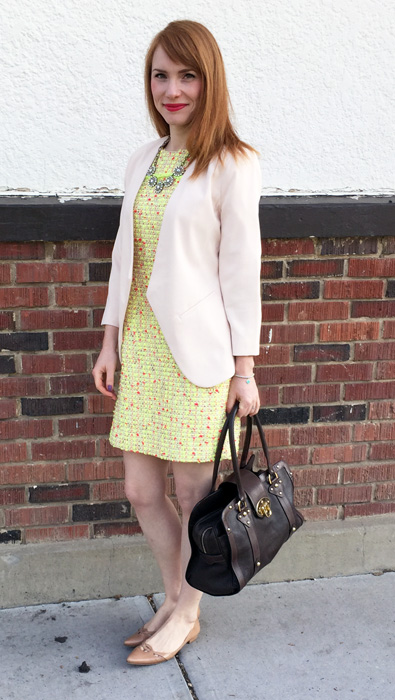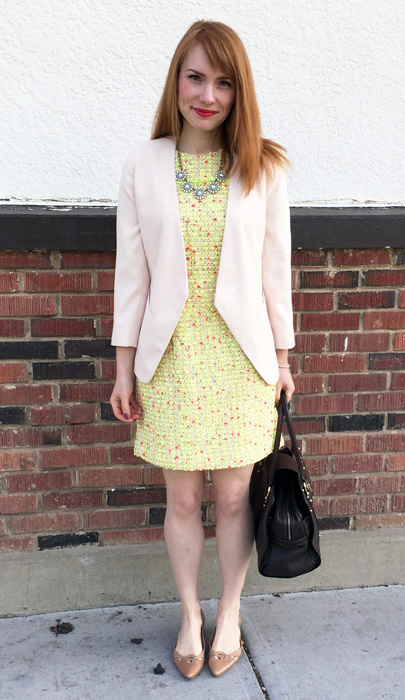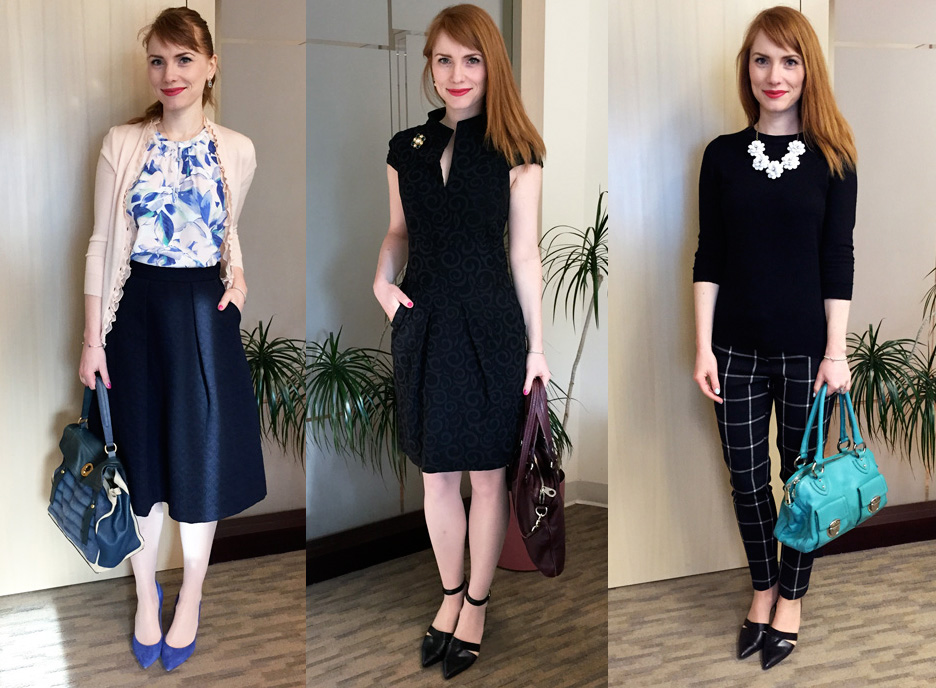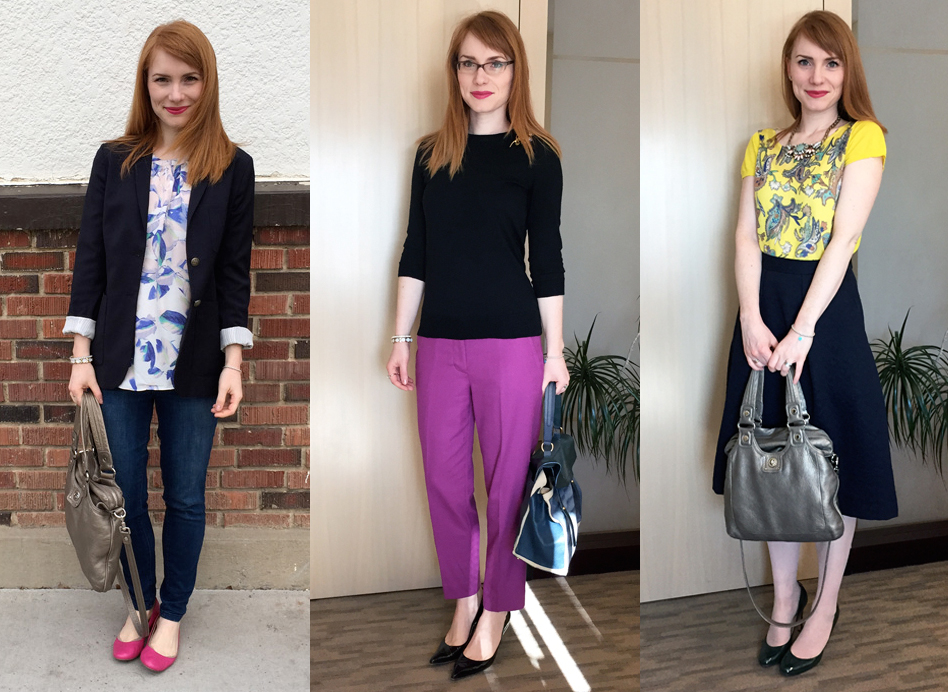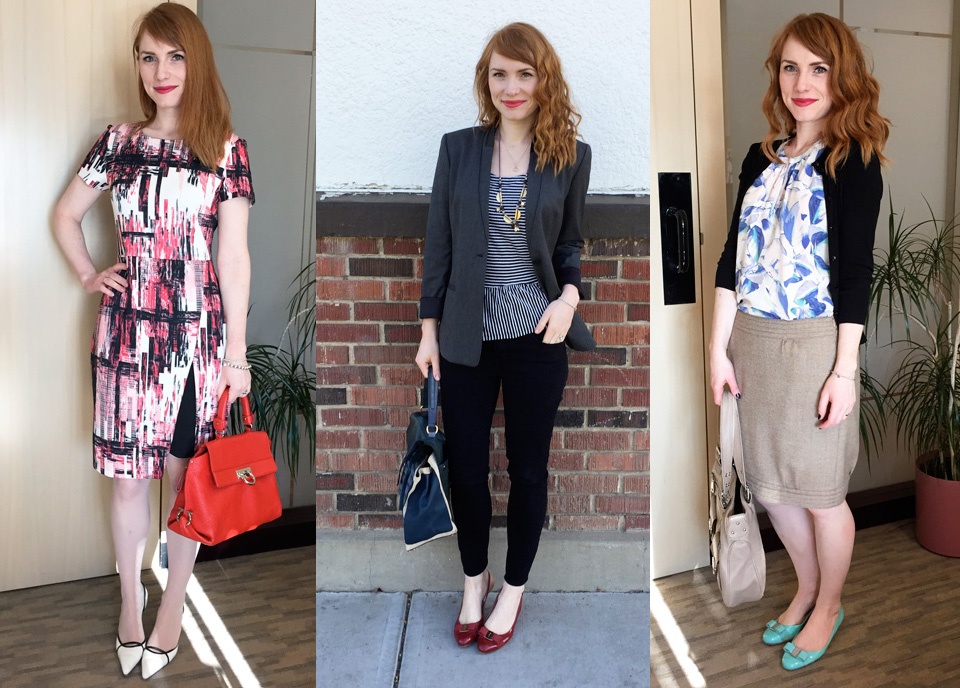
You know when you’re sick as a dog, but it’s Saturday, and nobody cares that you’d rather be buried in 3 feet of bedcovers? The first thing to do is ask, rhetorically and loudly, why the universe hates you so much. Assuming that garners you the type of response I get at my house, the next thing to do is put on a cute outfit, and fake it till you make it, baby.* Fake being a marginally healthy (and only marginally grumpy) person while you run the umpteen random errands you’ve been putting off all week.
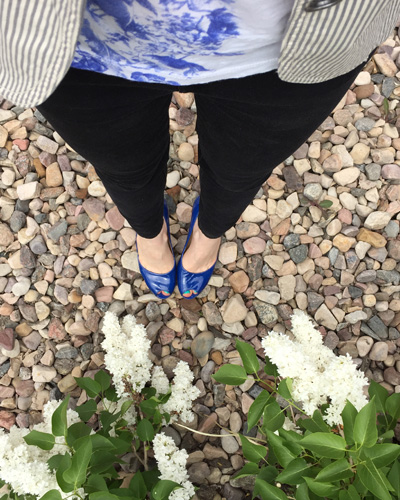
I would not recommend high heels for this … unless you’re going to be spending a lot of time in the car, in which case, they can’t hurt. Literally or figuratively.

* And don’t forget to douse yourself in cold medication and concealer. You don’t want that red nose to give you away, natch.

